Changing the game, genes vs. cancer
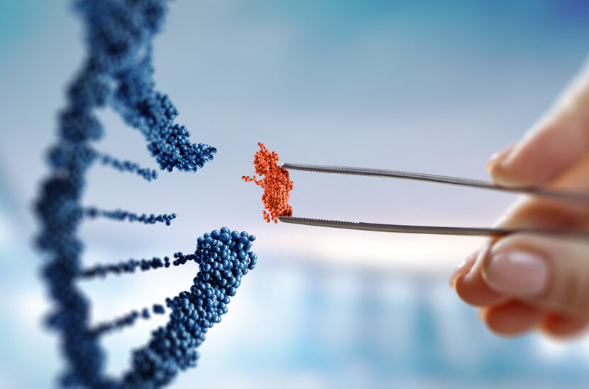
Hey, science adventurers! Ready to dive into the intriguing world of cancer and genomics? Hold on to your seat belts because what I’m about to tell you is more exciting than a roller coaster. So, it turns out that some patients with some problems called myelodysplastic syndromes, such as acute myeloid leukemia, are in a kind of complicated relationship with a chemotherapy drug called decitabine. This drug attempts to slow the growth of cancer, but sometimes cancer is more stubborn than a donkey! Imagine the masters of science at the Wilmot Cancer Institute dusting off their research lenses and stumbling upon a “genomic tug-of-war” in their animal experiments! Basically, it looks like decitabine and DNA are having a backyard fight, and we don’t know who will win!
These scientists discovered that decitabine causes different parts of DNA to put on their boots and enter the ring against a genetic activator called H2A.Z. If there is too little of this activator, the cells go on strike and bam, no more cancer; but beware, many cancers are like the sly ones at recess who always have aces up their sleeves and have high levels of H2A.Z, allowing them to dodge the decitabine hits and keep growing! Two years ago, these scientific eggheads had already discovered different types of breast cancer according to the amount of H2A.Z in the tumors, now, they are thinking of using this information to classify patients according to the amount of H2A.Z in their tumor and decide whether decitabine will be like a head chef or more like the kitchen helper.
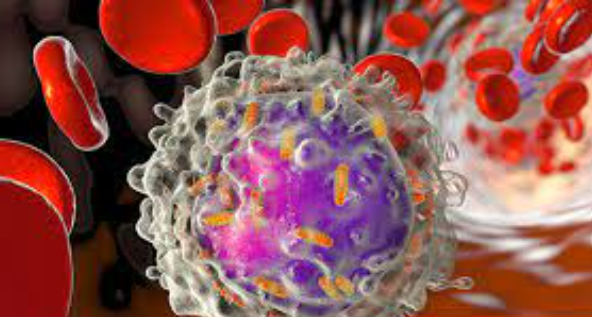
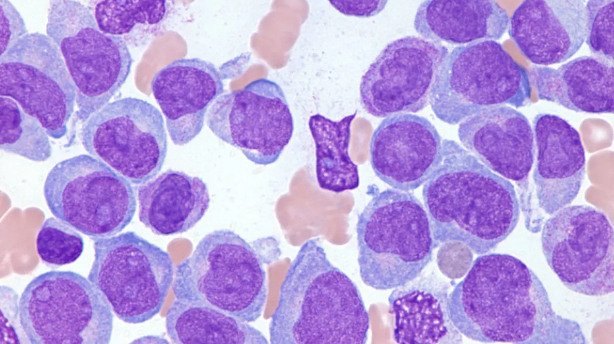
But wait, there’s more! It turns out that H2A.Z is a histone, a kind of DNA bodyguard. Imagine DNA as a VIP at a party and histones are the bouncers that protect it, but this H2A.Z doesn’t just stay in the genes, it ventures all over the DNA, even in the parts we call “junk”! Yes, DNA has its own version of junk too, who would have thought! And here comes the crazy part: these scientists discovered that decitabine and a toxin called TDCIPP (found in things like flame retardants and pesticides, and even in human urine and breast milk!) can cause H2A.Z to travel through DNA, changing the party music and affecting cell development.
So, in short, these geniuses have discovered some genomic tricks that could be like the weaknesses of supervillains. But, beware, they still need more research to confirm if this also happens in humans. So, in the meantime, let’s continue to be excited about this genetic game and see what surprises the next round has in store. Until next time, DNA explorers!
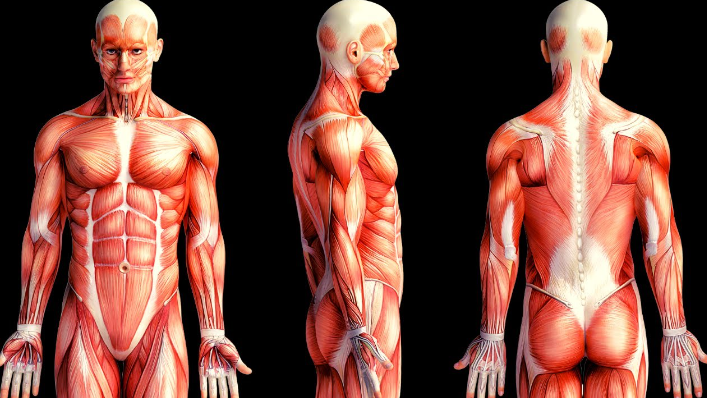
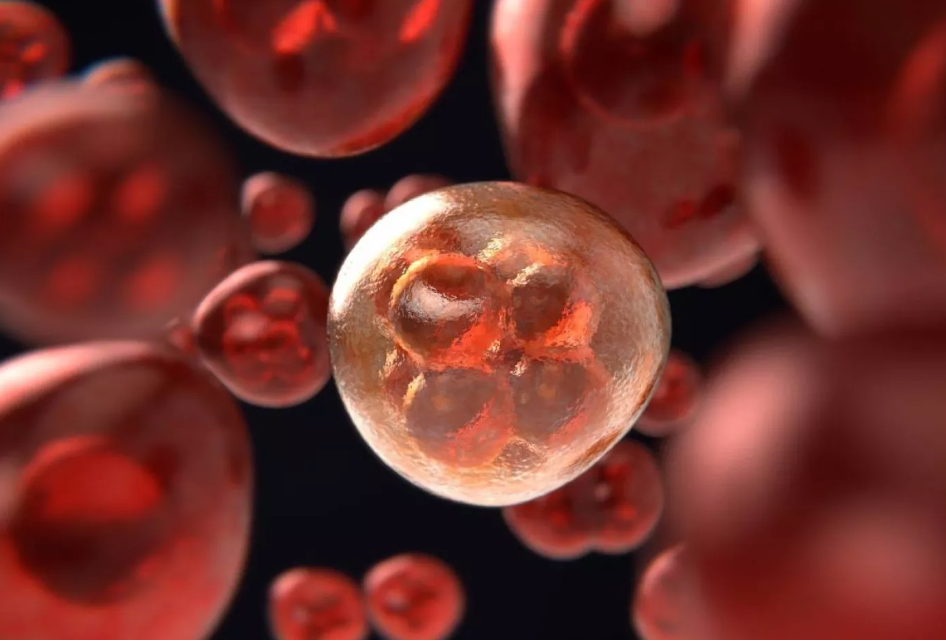
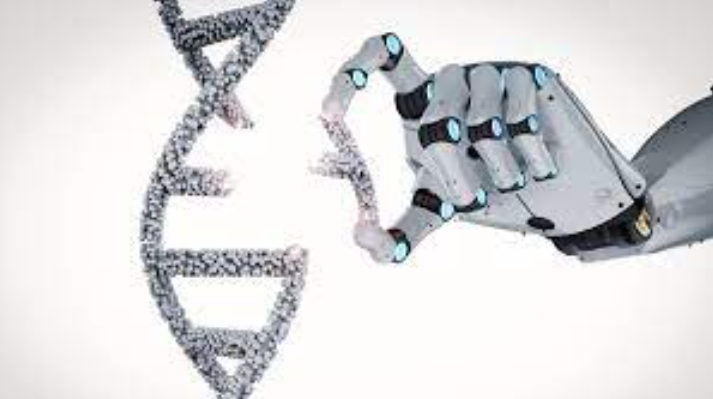

Responses